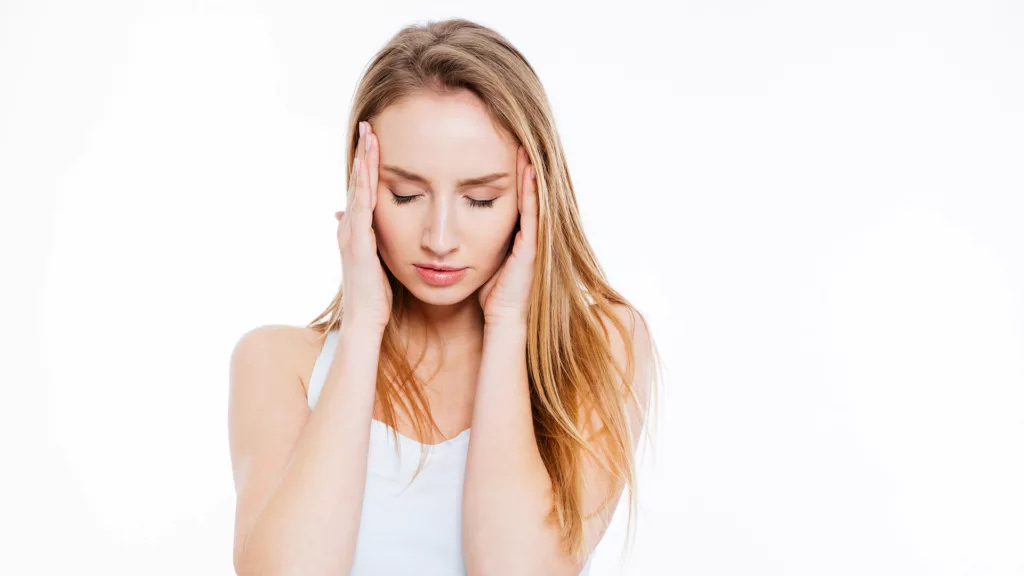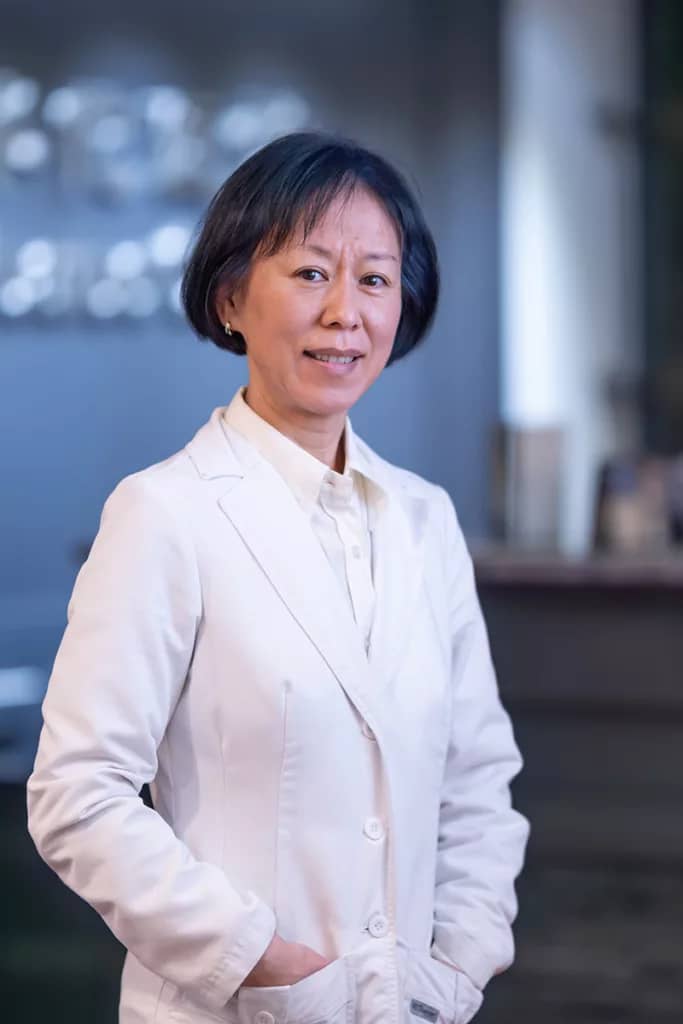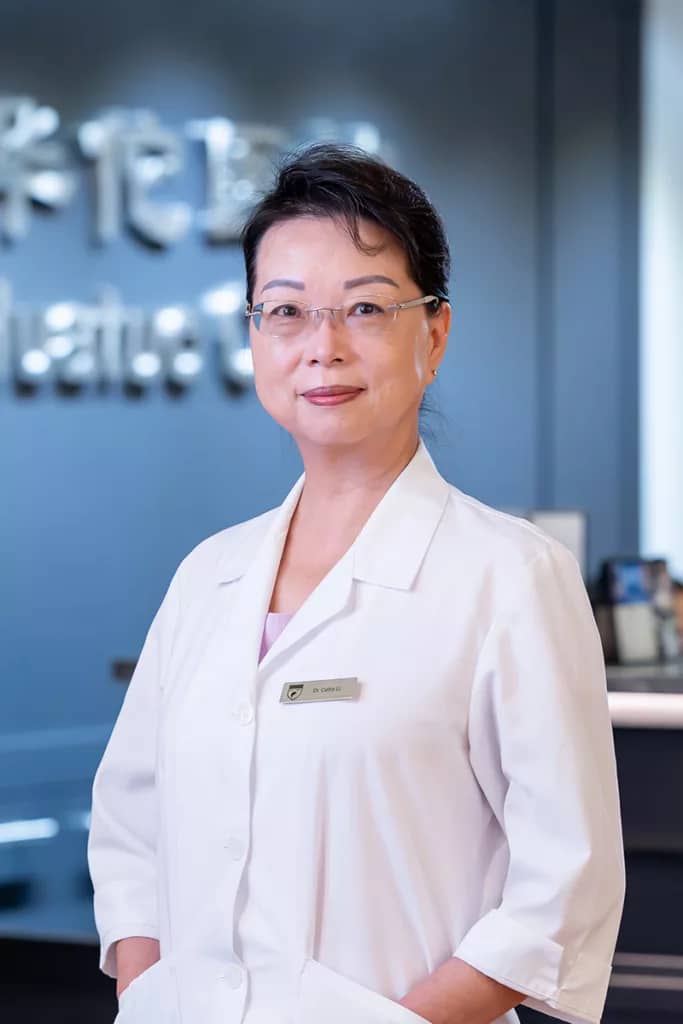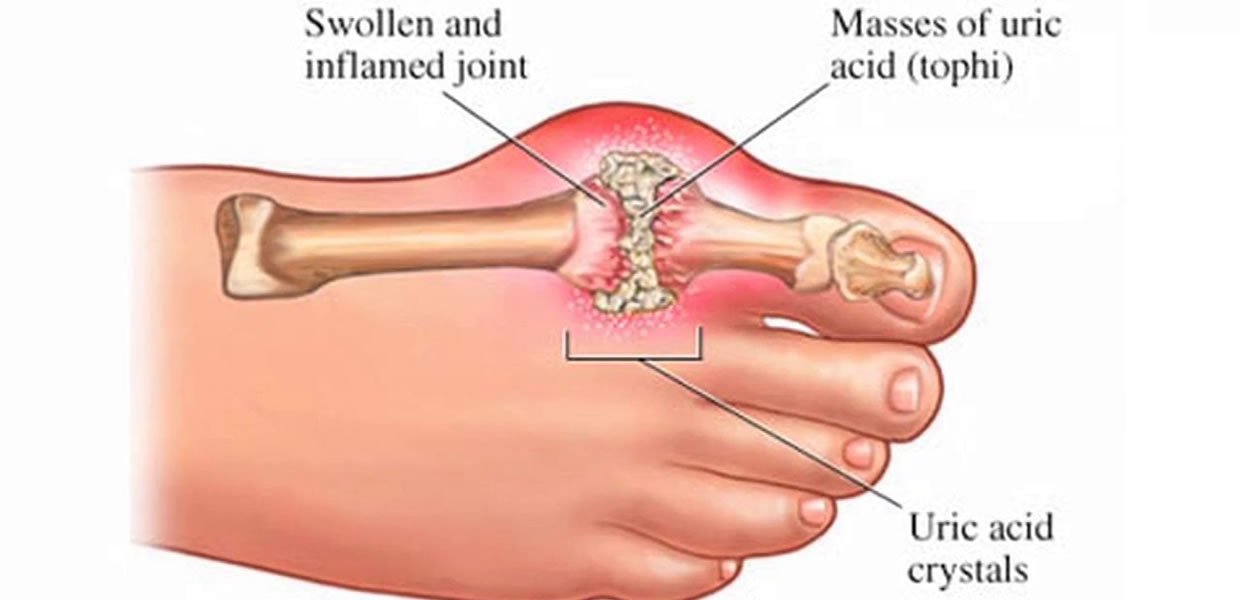Headaches and Migraines
Beyond Medication: Acupuncture for Headache and Migraine Treatment

Headaches and migraines can be debilitating conditions that greatly impact an individual’s quality of life. While conventional treatments such as medication and lifestyle changes can be effective, more and more people are seeking alternative therapies such as acupuncture to manage their symptoms.
Headaches and migraines are both types of head pain, but they differ in their characteristics, causes, and accompanying symptoms. Here’s how to define each:
- Headaches:
A headache is a pain or discomfort in any region of the head. It can be caused by various factors, including tension, stress, sinus issues, dehydration, or underlying medical conditions. Headaches are generally classified into two main categories:
- Primary headaches: These headaches are not caused by an underlying medical condition. They include tension headaches, cluster headaches, and migraine headaches (which are a specific type of primary headache).
- Secondary headaches: These headaches result from an underlying medical condition or external factors, such as a sinus infection, head injury, brain tumor, or medication side effects.
- Migraines:
Migraines are a specific type of primary headache characterized by recurrent, moderate to severe throbbing or pulsating pain, usually on one side of the head. Migraine attacks can last from several hours to several days and are often accompanied by other symptoms, such as:
- Nausea and vomiting
- Sensitivity to light (photophobia), sound (phonophobia), and sometimes smells (osmophobia)
- Visual disturbances or auras (in some cases), which can include seeing flashing lights, zigzag lines, or blind spots before the onset of the headache
Migraines are believed to be caused by a complex interplay of genetic and environmental factors, including hormonal fluctuations, stress, sleep disturbances, and certain foods or beverages. The exact cause of migraines is not entirely understood, but it is thought to involve changes in brain chemistry, neurotransmitter imbalances, and the activation of specific brain regions that modulate pain.
Treatments for headaches and migraines can vary depending on the type, severity, and cause of the head pain. Here are some common treatments for both conditions:
- Over-the-counter (OTC) pain relievers: For mild to moderate headaches, OTC medications like acetaminophen (Tylenol), ibuprofen (Advil, Motrin), or aspirin can provide relief. However, these medications should be used with caution, as overuse can lead to medication-overuse headaches.
- Prescription medications: For more severe headaches or migraines, doctors may prescribe stronger pain relievers, such as triptans (e.g., sumatriptan), ergotamine derivatives, or opioid medications. Additionally, prescription medications like antiemetics can help with nausea and vomiting associated with migraines.
- Preventive medications: For people who experience frequent migraines or severe headaches, doctors may prescribe preventive medications to reduce the frequency and severity of attacks. These can include beta-blockers, calcium channel blockers, antidepressants, anticonvulsants, or monoclonal antibodies targeting the calcitonin gene-related peptide (CGRP) pathway.
- Lifestyle modifications: Identifying and addressing triggers (such as stress, sleep disturbances, or specific foods) can help prevent headaches and migraines. Regular exercise, relaxation techniques (e.g., meditation, deep breathing), and maintaining a consistent sleep schedule can also be beneficial.
- Alternative therapies: Some people find relief from headaches and migraines through alternative therapies like acupuncture, massage, biofeedback, or herbal supplements (e.g., butterbur, feverfew). However, it is essential to discuss these options with a healthcare professional before starting any new therapy.
- Ice packs or heating pads: Applying cold or heat to the affected area can help alleviate headache pain. Cold packs can help constrict blood vessels and reduce inflammation, while heat can help relax muscles and improve blood flow.
- Hydration: Dehydration can sometimes cause headaches, so drinking plenty of water can help prevent and alleviate headache symptoms.
- Caffeine: In moderation, caffeine can help relieve headache pain by constricting blood vessels and increasing the effectiveness of pain relievers. However, excessive caffeine consumption can cause headaches or worsen existing ones.
Acupuncture has been increasingly recognized as an effective treatment option for headaches and migraines due to several reasons:
- Holistic approach: Acupuncture is based on Traditional Chinese Medicine (TCM) principles, which focus on addressing the root cause of pain and imbalances in the body. By targeting the underlying issues, acupuncture can help alleviate headache and migraine symptoms while promoting overall well-being.
- Fewer side effects: Compared to some conventional treatments, such as medications, acupuncture has relatively fewer side effects. This makes it an attractive option for individuals who cannot tolerate or prefer to avoid the side effects associated with certain medications.
- Customized treatment: Acupuncture treatments can be tailored to each individual’s needs, allowing the practitioner to address the specific imbalances and factors contributing to the headaches or migraines.
- Evidence-based effectiveness: Several studies and systematic reviews have shown that acupuncture can be effective in reducing the frequency and severity of headaches and migraines. For example, a 2016 review in the Cochrane Database of Systematic Reviews found that acupuncture was more effective than no treatment or routine care for reducing the frequency of migraines and had similar effects to prophylactic medications.
- Prevention: Acupuncture not only helps alleviate existing headache and migraine pain but can also help prevent future episodes by addressing underlying imbalances, such as stress or muscle tension, which may contribute to the development of headaches and migraines.
- Non-pharmacological treatment: Some patients prefer or need non-pharmacological treatment options due to medication allergies, interactions, or contraindications. Acupuncture offers a drug-free alternative for headache and migraine management.
- Complementary therapy: Acupuncture can be used alongside conventional treatments for headaches and migraines, potentially enhancing their effectiveness and providing additional benefits.
There are several acupuncture points that are commonly used to treat headaches and migraines. These points are believed to help alleviate pain, reduce inflammation, and promote relaxation by balancing the flow of qi (vital energy) throughout the body. Some common acupuncture points for headaches and migraines include:
- Large Intestine 4 (LI4, Hegu): Located on the back of the hand, between the thumb and index finger. This point is often used for various types of headaches, including frontal, temporal, and sinus headaches.
- Liver 3 (LV3, Taichong): Located on the top of the foot, between the first and second toes. This point is often used for stress-related headaches and migraines, as well as temporal and vertex headaches.
- Gallbladder 20 (GB20, Fengchi): Located on the back of the head, at the base of the skull, in the depression between the upper neck muscles. This point is used for headaches in the occipital, temporal, and vertex regions.
- Gallbladder 21 (GB21, Jianjing): Located on the top of the shoulder, midway between the base of the neck and the shoulder joint. This point is often used for tension headaches and migraines caused by stress or muscle tension in the neck and shoulders.
- Triple Energizer 5 (TE5, Waiguan): Located on the outer side of the forearm, about two finger widths above the wrist crease. This point is often used for temporal and frontal headaches.
- Yin Tang: Located between the eyebrows, at the midpoint between the inner edges of the eyebrows. This point is often used for frontal headaches, sinus headaches, and stress-related headaches.
- Du 20 (GV20, Baihui): Located on the top of the head, at the midpoint between the ears. This point is often used for vertex headaches, migraines, and headaches caused by mental stress.
It is important to note that the specific acupuncture points used in treatment will depend on the individual’s unique symptoms and underlying imbalances. A qualified and experienced acupuncturist will tailor the treatment to each patient’s needs to ensure the best possible outcomes.
At Huatuo Clinic, we understand the impact that headaches and migraines can have on your daily life. Our experienced and highly trained acupuncturists are dedicated to providing personalized care to help you manage your symptoms and improve your quality of life.
Our acupuncturists use a combination of acupuncture points tailored to each patient’s unique symptoms and underlying imbalances. This may include points on the head, neck, and back, as well as other points on the body that can help regulate energy flow and alleviate pain.
In addition to acupuncture, our practitioners may also recommend herbal formulas and dietary changes to support overall health and manage headache and migraine symptoms. These natural remedies can help address underlying imbalances in the body and promote long-term healing.
At Huatuo Clinic, we have a deep understanding of the complex nature of headaches and migraines and the importance of personalized care in managing these conditions. Our practitioners have extensive training and experience in acupuncture and TCM and are committed to providing compassionate, effective care to help you find relief.
If you suffer from headaches or migraines and are interested in exploring acupuncture as a treatment option, we encourage you to contact us to schedule a consultation. Let us help you find relief and improve your quality of life.









